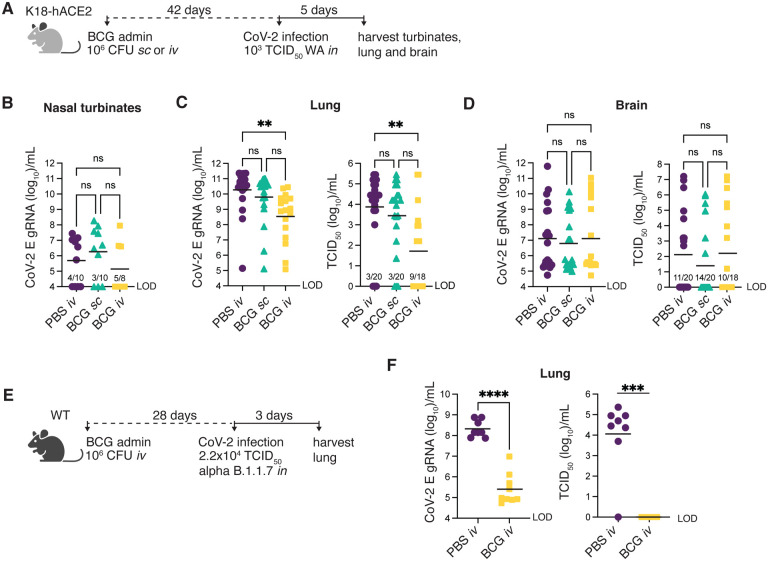Fig 2: Prior iv BCG administration reduces viral loads in the lungs of K18-hACE2 and WT mice.
(A-D) K18-hACE2 mice were inoculated with 106 CFU BCG Pasteur by subcutaneous (sc) or intravenous (iv) injection. Control animals received the same volume of PBS iv. At 42 days post BCG administration, mice were infected with 103 TCID50 SARS-CoV-2 (WA1/2020) by intranasal instillation. Nasal turbinates (B), lungs (C) and brain (D) were collected 5 days after viral challenge and assessed for viral load by qPCR and TCID50 assay. Statistical significance was assessed by Kruskal-Wallis test with Dunn’s post-test. ns p>0.05; **p<0.01. Data are pooled from 3 independent experiments each with 4–5 mice per group. (E-F) C57BL/6 (WT) mice were iv injected with 106 CFU BCG Pasteur or PBS. At 28 days post BCG administration, mice were infected with 2.2×104 TCID50 SARS-CoV-2 (alpha B.1.1.7) by intranasal instillation. Lungs were collected 3 days after viral challenge and homogenates assessed for viral load by qPCR and TCID50 assay (F). Statistical significance was determined by a Mann-Whitney test. ***p<0.001; ****p<0.0001. Data are pooled from 2 independent experiments each with 3–5 mice per group. Graphs show geometric mean and individual values for each animal. LOD (limit of detection).

